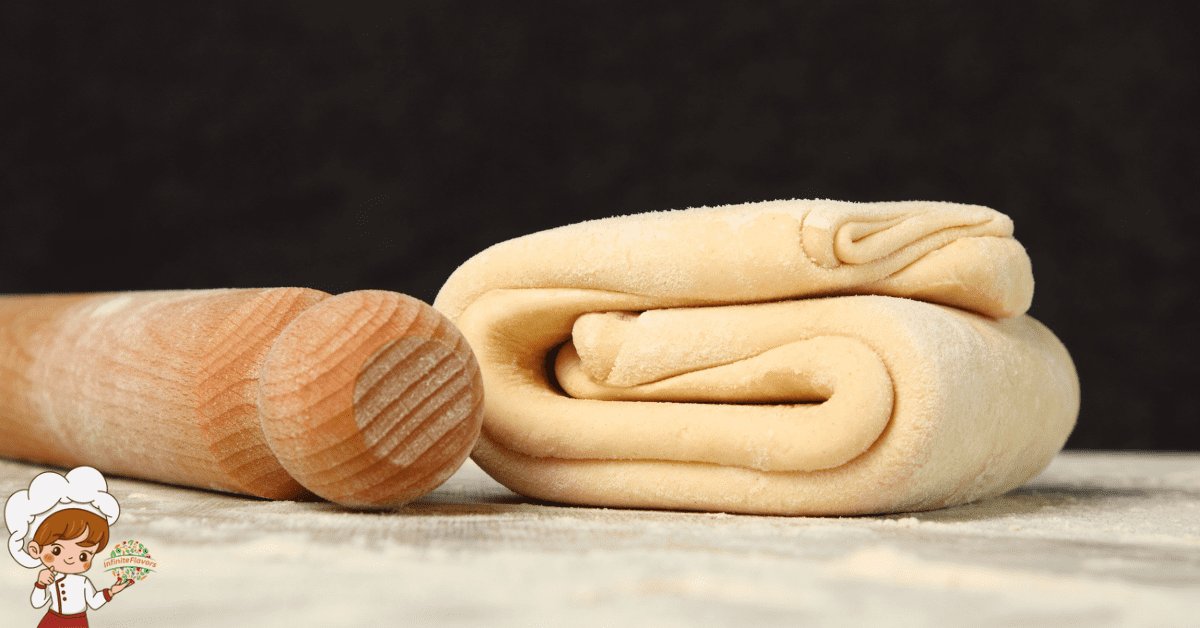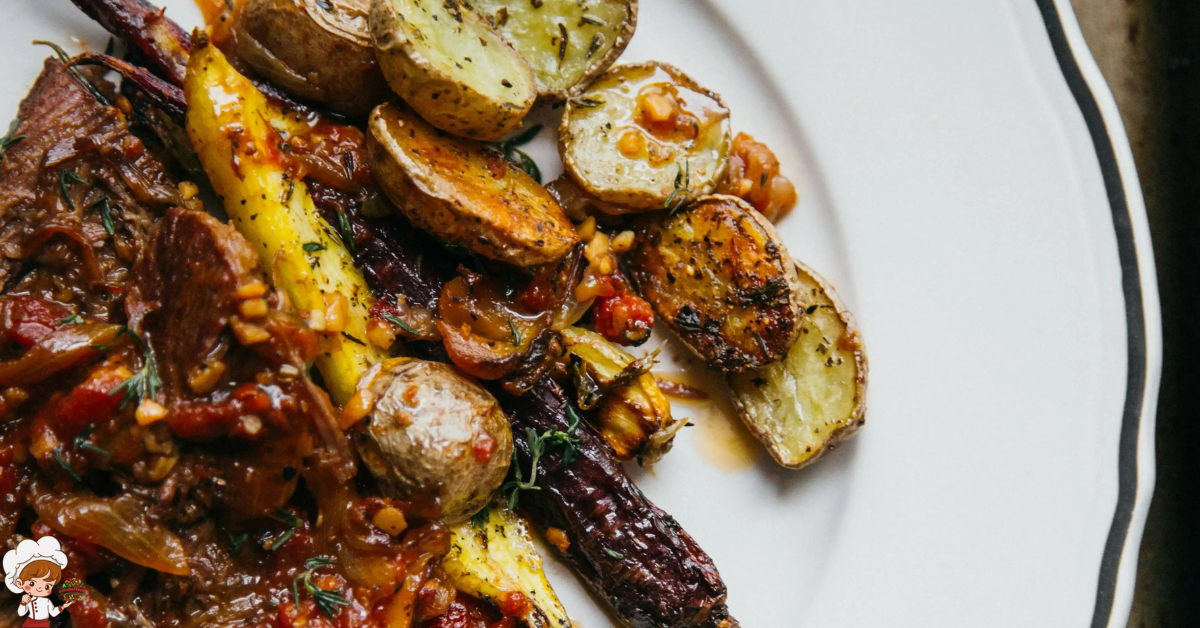The Popular Tuna Salad on Whole Wheat

In the diverse world of gastronomy, certain culinary pairings stand as timeless testaments to simplicity and satisfaction. Among these, Tuna Salad on Whole Wheat Bread emerges as a classic that transcends generations. Beyond being a lunchtime staple, this unassuming dish carries a narrative rich in history and flavor, weaving together the threads of convenience, nutrition, and global adaptation.
Origins: A Mid-Century Pantry Innovation Unveiled
The roots of Tuna Salad on Whole Wheat Bread trace back to mid-20th-century America, an era marked by innovation and a departure from elaborate culinary traditions. In the post-World War II period, convenience and simplicity took center stage in the kitchen, and canned tuna emerged as a pantry staple, offering a convenient source of protein.
The inception of this dish can be seen as a response to the changing dynamics of American life. As families embraced the fast-paced nature of the modern world, there arose a need for quick, satisfying, and versatile meal options. Enter the humble yet ingenious Tuna Salad on Whole Wheat Bread, a creation that encapsulated the spirit of practicality without compromising on flavor.
The mid-century kitchen, with its newfound reliance on convenience, saw the amalgamation of canned tuna with mayonnaise, celery, and other basic ingredients. The resulting concoction became a versatile filling that could be effortlessly sandwiched between slices of whole wheat bread. This marriage of convenience and nutrition marked a departure from more labor-intensive recipes, introducing a culinary innovation that resonated with the lifestyle of the time.
Tuna Salad on Whole Wheat Bread embodied the essence of mid-century ingenuity, offering a balanced and nutritious option that was as simple to prepare as it was delightful to eat. The dish found its place at lunch tables, picnics, and family gatherings, reflecting the changing landscape of American cuisine and the evolving role of convenience in shaping our culinary preferences.
Evolution Over the Decades:
As culinary tastes evolved, so did the Tuna Salad on Whole Wheat Bread. What once comprised simple ingredients has evolved into a canvas for culinary creativity. From the addition of capers and red onions to the infusion of citrus zest and fresh herbs, chefs and home cooks alike have elevated this classic, turning it into a flavorful and dynamic ensemble.
Nutritional Symphony:
The selection of whole wheat bread adds a nutritional dimension to this classic pairing. Beyond its role as a hearty base, whole wheat contributes fiber, vitamins, and minerals, complementing the protein-packed tuna salad. This amalgamation of taste and nutrition underscores the dish’s enduring appeal.
Cultural Crossroads:
Tuna Salad on Whole Wheat Bread has transcended cultural boundaries, adapting to regional preferences and culinary traditions. Coastal regions may infuse local seafood flavors, while inland areas might incorporate unique herbs and spices. This adaptability has transformed the dish into a cultural crossroads, resonating with diverse palates around the world.

Tuna Salad on Whole Wheat Bread
Ingredients
- Canned tuna in water drained
- Mayonnaise
- Celery finely chopped
- Red onion minced
- Dill pickles diced
- Dijon mustard
- Salt and pepper to taste
- Whole wheat bread slices
Instructions
- In a bowl, mix drained tuna, mayonnaise, chopped celery, minced red onion, diced dill pickles, and Dijon mustard.
- Season with salt and pepper to taste.
- Toast whole wheat bread slices lightly.
- Spoon the tuna salad onto the toasted bread.
- Assemble the sandwich and cut in half.
Versatility in Modern Cuisine:
In the contemporary culinary landscape, Tuna Salad on Whole Wheat Bread retains its allure. It has found a place in chic cafes as a gourmet sandwich, embracing artisanal bread and farm-fresh ingredients. The classic has metamorphosed into a symbol of versatility, demonstrating its ability to remain relevant in the ever-changing culinary scene.
Conclusion: Tuna Salad on Whole Wheat
As we conclude our exploration of Tuna Salad on Whole Wheat Bread, the richness of its narrative becomes ever more apparent. Beyond being a mere culinary creation, this dish symbolizes a convergence of taste, tradition, and adaptability. Its journey from mid-century innovation to a modern-day staple reflects the dynamic nature of gastronomy and the enduring appeal of well-balanced simplicity.
Each bite of Tuna Salad on Whole Wheat Bread is a nostalgic journey through time, a reminder of the practical ingenuity that birthed it and the cultural crossroads it has encountered. It has gracefully adapted to the evolving palate, transforming into a canvas for culinary expression without losing the essence that has made it a comforting and reliable choice.
In every kitchen where the familiar ingredients of tuna, mayo, and whole wheat bread converge, there lies a connection to a global culinary heritage. Tuna Salad on Whole Wheat Bread isn’t just a dish; it’s a symphony of taste, a melody of simplicity, and a testament to the timeless beauty found in the marriage of everyday ingredients.
As you savor the flavors of this classic, let it be a celebration of the shared history and varied influences that have shaped our collective culinary journey. Tuna Salad on Whole Wheat Bread invites us to appreciate the simple joys of a well-crafted dish and to recognize the enduring legacy of a culinary classic.








